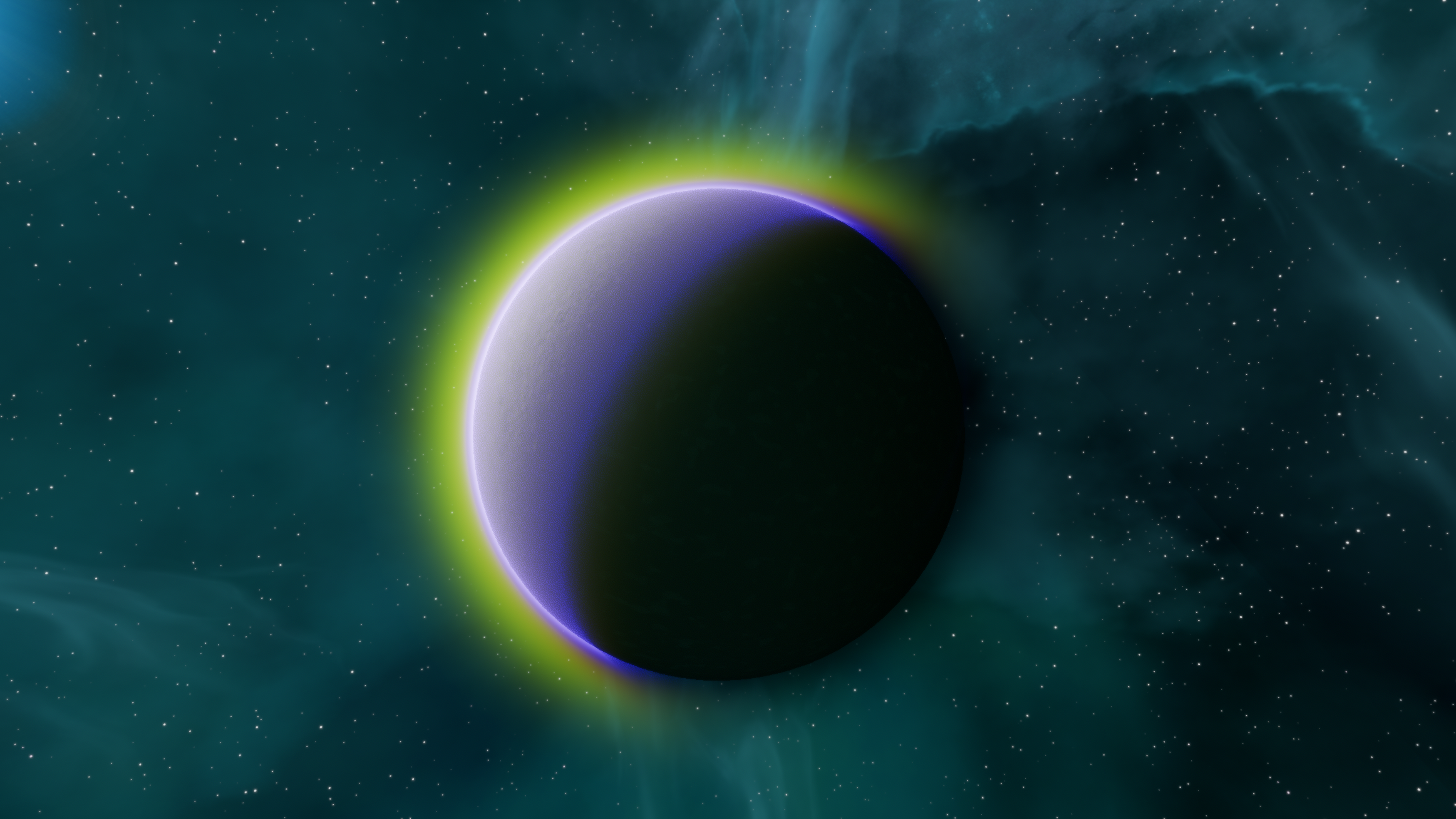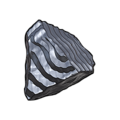Difference between revisions of "Inanna"
(Created page with "{{SB Infobox Begin |{{SB Infobox Header |image=Image:Inanna.png |factionLogo= |caption= |name= |border=none |edgeless=true }} {{SB Infobox Celestial Body General Information |pronunciation={{IPAc-en|i|ˈ|n|ɑː|n|.|ˌ|n|ʌ}} |languageOrigin=Ancient Sumerian |ipaKey=key |alias=Ione |class=Submoon |satelliteOf=Kyöpeli |location=1st moon of Kyöpeli |...") |
|||
| Line 45: | Line 45: | ||
From [[wikipedia:Mesopotamian_mythology|Mesopotamian mythology]], '''Inanna''' is the [[wikipedia:Goddess|goddess]] of love, war, and fertility, and is associated with both sensuality and divine law. She is one of the few female deities in the [[wikipedia:Patriarchy|male-dominated]] [[wikipedia:Sumerian_pantheon|Sumerian pantheon]], and is said to possess a power that far eclipses many - if not all - of her coevals, being one of the few deities capable of descending to the [[wikipedia:Ancient_Mesopotamian_underworld|Ancient Mesopotamian underworld]] and still return. Like her counterparts in [[wikipedia:Roman mythology|Roman]] and [[wikipedia:Greek mythology|Greek]] mythologies ([[wikipedia:Venus|Venus]] and [[wikipedia:Aphrodite|Aphrodite]] respectively), she is revered as the goddess of all love, and during ancient times, she was widely cherished by individuals who fell beyond the [[wikipedia:Gender binary|gender binary]]. | From [[wikipedia:Mesopotamian_mythology|Mesopotamian mythology]], '''Inanna''' is the [[wikipedia:Goddess|goddess]] of love, war, and fertility, and is associated with both sensuality and divine law. She is one of the few female deities in the [[wikipedia:Patriarchy|male-dominated]] [[wikipedia:Sumerian_pantheon|Sumerian pantheon]], and is said to possess a power that far eclipses many - if not all - of her coevals, being one of the few deities capable of descending to the [[wikipedia:Ancient_Mesopotamian_underworld|Ancient Mesopotamian underworld]] and still return. Like her counterparts in [[wikipedia:Roman mythology|Roman]] and [[wikipedia:Greek mythology|Greek]] mythologies ([[wikipedia:Venus|Venus]] and [[wikipedia:Aphrodite|Aphrodite]] respectively), she is revered as the goddess of all love, and during ancient times, she was widely cherished by individuals who fell beyond the [[wikipedia:Gender binary|gender binary]]. | ||
[[Category:Moons]] | |||
Latest revision as of 00:51, 4 August 2024
(Ancient Sumerian) - IPA(key)
Inanna (/iˈnɑːn.ˌnʌ/) is a subsatellite of Kyöpeli, and one of the few subsatellites to have its own atmosphere, though it doesn't offer any use in crafting. Its surface is particularly mountainous though there exist some open plains, and its low-hanging violet atmosphere make it difficult to see very far.
Nomenclature
From Mesopotamian mythology, Inanna is the goddess of love, war, and fertility, and is associated with both sensuality and divine law. She is one of the few female deities in the male-dominated Sumerian pantheon, and is said to possess a power that far eclipses many - if not all - of her coevals, being one of the few deities capable of descending to the Ancient Mesopotamian underworld and still return. Like her counterparts in Roman and Greek mythologies (Venus and Aphrodite respectively), she is revered as the goddess of all love, and during ancient times, she was widely cherished by individuals who fell beyond the gender binary.









